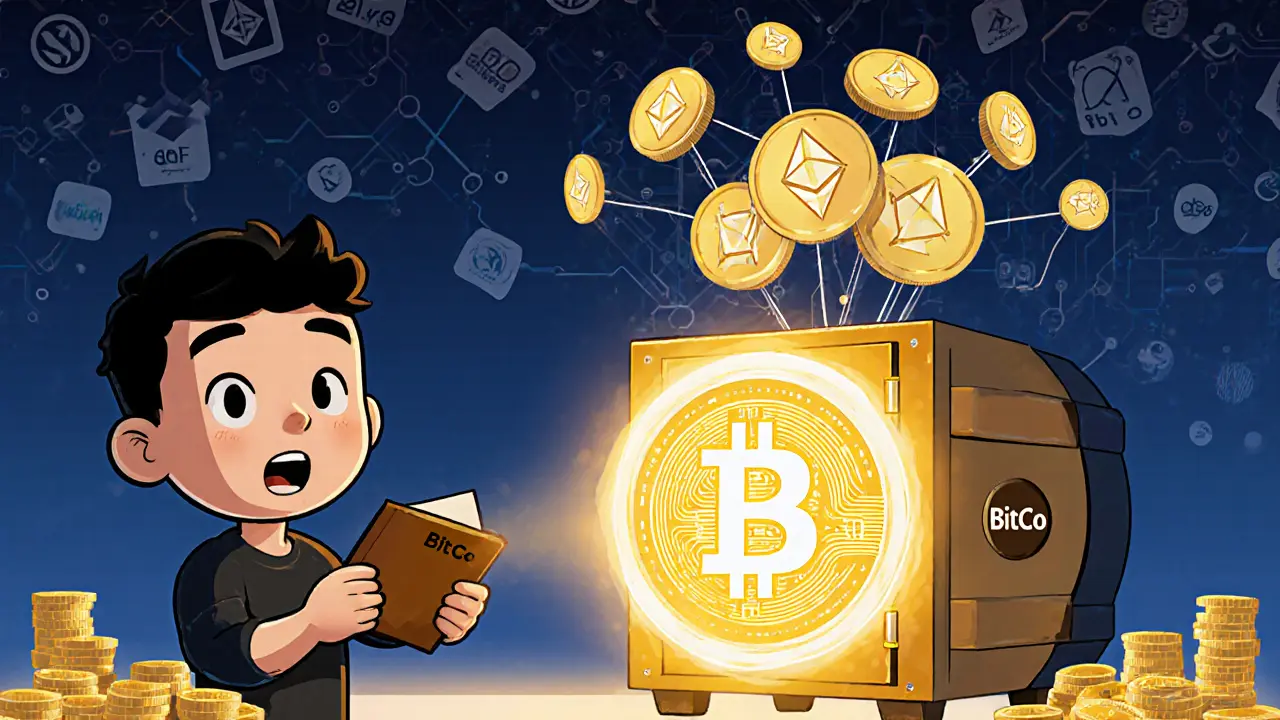WBTC: What Is Wrapped Bitcoin and Why It Matters in Crypto
When you hear WBTC, Wrapped Bitcoin is a tokenized version of Bitcoin that runs on Ethereum as an ERC-20 token. Also known as Wrapped BTC, it lets you use Bitcoin inside Ethereum-based apps like DeFi platforms, lending protocols, and DEXs—without selling your BTC. Think of it like a voucher: you lock your real Bitcoin on a trusted custodian, and in return, you get an equivalent amount of WBTC that behaves just like any other Ethereum token.
WBTC isn’t just a technical trick—it’s a bridge. It connects Bitcoin’s security and liquidity with Ethereum’s smart contract power. That’s why major DeFi platforms like Aave, Uniswap, and Curve support WBTC. You can stake it, lend it, or trade it without ever leaving the Ethereum ecosystem. But it’s not without trade-offs. WBTC relies on centralized custodians like BitGo to hold the real Bitcoin behind the scenes. That means you’re trusting a third party, not the blockchain alone. It’s a compromise: you gain access to DeFi, but you give up some of Bitcoin’s pure decentralization.
WBTC also ties into bigger trends like blockchain interoperability, the movement of assets and data across different blockchains. As more chains grow, the need to move value between them grows too. WBTC is one of the earliest and most successful examples of this. It’s not the only wrapped asset out there—there’s wETH, wAVAX, wLINK—but WBTC is the biggest by far, with over $3 billion locked in as of 2025. That’s more than most altcoins. If you’re active in DeFi, chances are you’ve interacted with WBTC without even realizing it.
It’s also worth noting that WBTC isn’t for everyone. If you want full control and no middlemen, hold Bitcoin directly. But if you’re trying to earn yield, provide liquidity, or trade against stablecoins on Ethereum, WBTC is often the best way to bring Bitcoin’s value into that world. The posts below dig into exactly that—how WBTC is used in real DeFi setups, how it compares to other wrapped assets, and what risks you might not see on the surface. You’ll find reviews of exchanges that support it, breakdowns of how it’s minted and redeemed, and warnings about the custodians holding the real BTC behind the scenes. This isn’t theory—it’s what’s happening in wallets right now.

